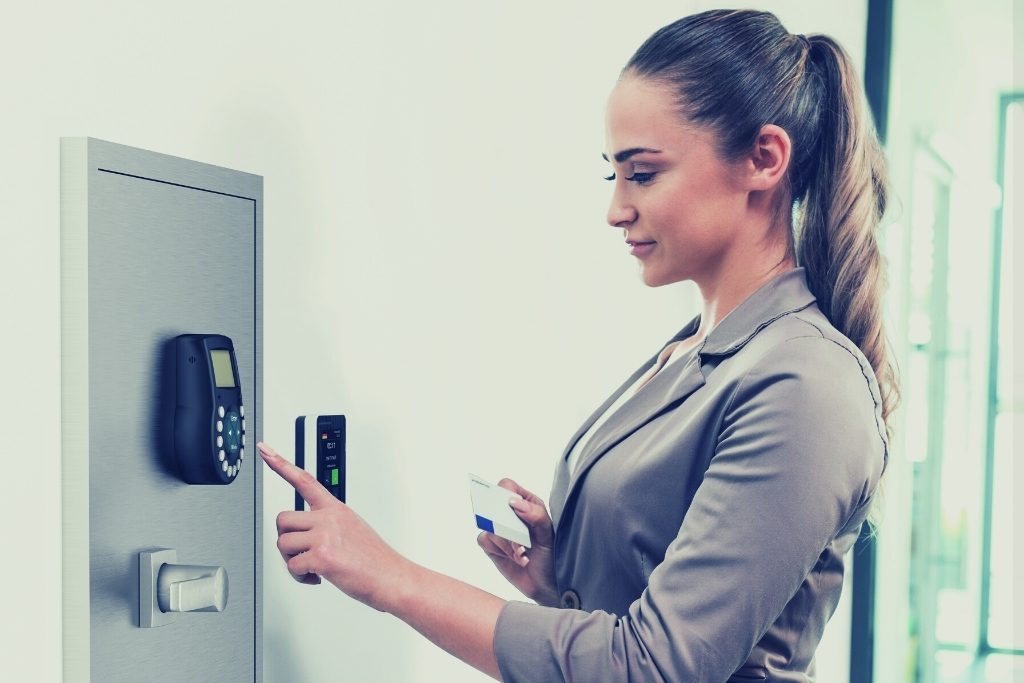Internet of Things (IoT) has entered the commercial buildings sector, improving user experience, the performance of devices, systems, and overall security.
“Simply put, IoT defines devices that talk to each other,” says Kate Palk, Product Marketing Manager at dormakaba UK. “With the right precautions against breaching, IoT-integrated security systems are among the most powerful technologies to safeguard commercial premises.”
With the ever-decreasing personnel presence on-site, combined systems made up of hardware, mobile apps, and their integration into the network and alarm systems allow for monitoring and audition to deter potential criminal activity.
Smart locks are the next frontier in IoT security tools. They’re tough and convenient to use, making them an increasingly popular choice for both corporate and consumers. Hence, it’s not surprising that smart locks’ market size is forecast to reach over USD 4.4 billion by 2027, a jump from only USD 0.4 billion in 2016.
Here’s how they work to safeguard commercial facilities.
Smart Locks Make Safes Inaccessible for Staff
IoT-powered safe locks have a “time lock” capability, which means that they can only be opened at specific times. Thus, any potential criminal activity can be deterred by using a time delay function before opening the safe. Likewise, it’s possible to use the time delay stickers or notices to communicate that the staff cannot access the safe once it’s closed.
Furthermore, safes can be fitted with a deposit facility, which allows the staff to deposit cash or other items, but doesn’t authorize them to remove.
Smart Locks Can Be Used by Separate Operators
System owners tapping into smart lock technologies can reduce the risk of theft by authorizing different access rights and credentials to different people.
Many models of locks can be operated in a dual-mode, which requires two codes to gain entry to the safe, accelerating security further.
Smart Locks Automate Alarm Systems
With smart locks in use, system operators can install a panic button and link it with an intruder alarm system to summon assistance from law enforcement authorities when under threat. In addition to a button, this can be activated by changing the opening code to the safe.
Alarm systems also play a crucial role in enabling and disabling electronic locks fitted to the safe. Even if a potential intruder has a valid opening code, if the alarm is set, the lock wil automatically be disabled, and cannot be opened.
Smart Locks Provide Remote Monitoring
The remote monitor function of smart locks enables near real-time lock monitoring without requiring personnel to manage monitoring stations. Many software systems feature a visual dashboard, providing the system operators with an insight into which locks are in use.
Alternatively, if a duress alarm has been triggered, this can be staffed from a monitoring station, as well as from a sole laptop. It’s possible to dispatch relevant notifications via SMS or e-mail.
Further perks of remote monitoring include the ability to track the battery condition and reporting tools that allow the printing and exportation of data.







